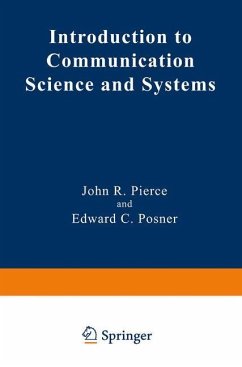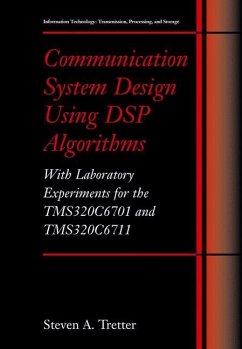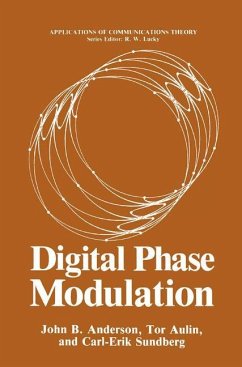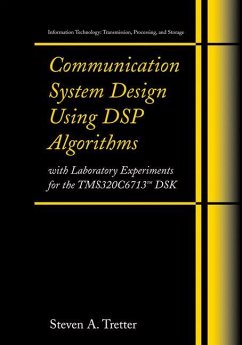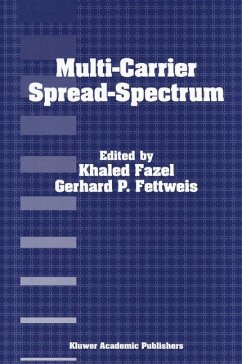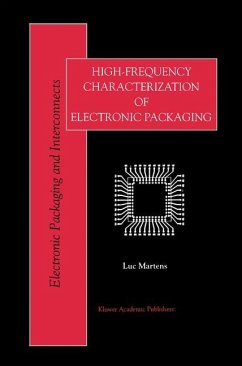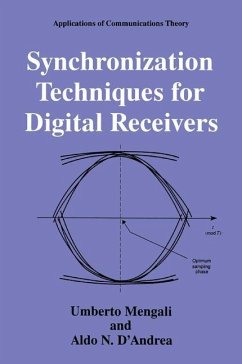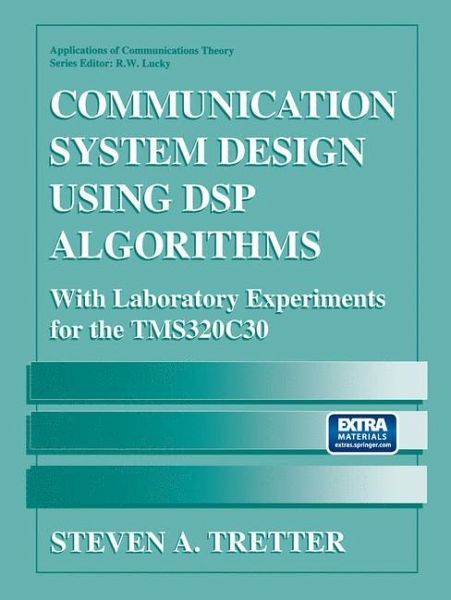
Communication System Design Using DSP Algorithms
With Laboratory Experiments for the TMS320C30

PAYBACK Punkte
20 °P sammeln!
Designed for senior electrical engineering students, this textbook explores the theoretical concepts of digital signal processing and communication systems by presenting laboratory experiments using real-time DSP hardware. Each experiment begins with a presentation of the required theory and concludes with instructions for performing them. Engineering students gain experience in working with equipment commonly used in industry. This text features DSP-based algorithms for transmitter and receiver functions.






